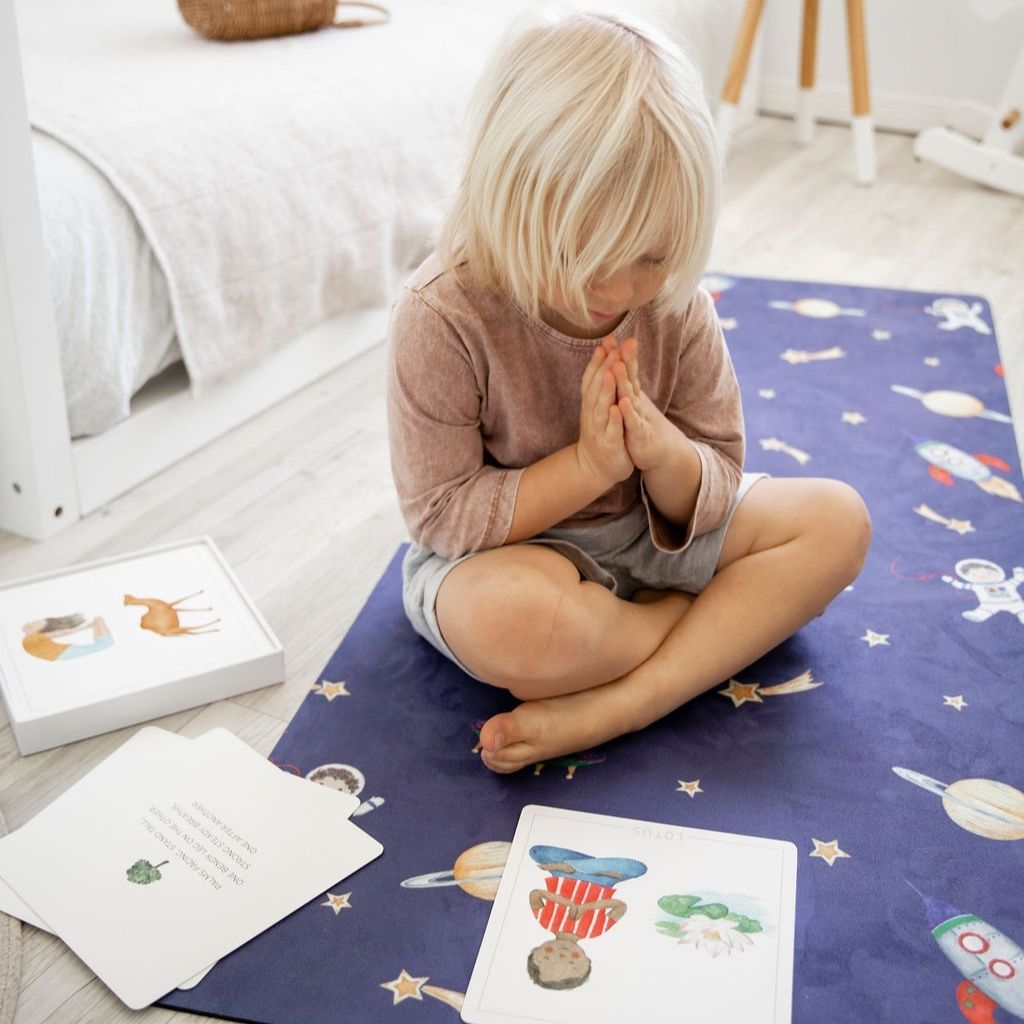It is important to embrace neurodiversity in the rapidly changing landscape of child development. Children suffering from conditions such as ADHD or autism need environments that support their unique talents and helps them thrive. That’s where the synergy between ADHD support as well as autism sensory play sensory integration toys and mindful toys for kids comes into play. Integrating these elements into everyday routines will help caregivers and teachers design experiences that foster healthy growth in all aspects. For more information, click ADHD support for children

ADHD Help for Children with ADHD – Helping to build confidence and focus
Children suffering from ADHD have difficulty focusing and controlling their urges. To provide effective support it’s crucial to implement strategies that stimulate their minds and respect their uniqueness. Mindful toys for kids that encourage mindfulness and calmness, can help in this process. These toys give a tactile experience that helps calm restlessness while teaching children to focus their attention in a controlled manner. The practice of mindfulness can help to manage ADHD symptoms, and also teach youngsters valuable life skills like emotional regulation stress reduction, and management of stress.
Autism Sensory Play: Nurturing Exploration and Expression
For children who are on the autism spectrum sensory experiences can prove both enriching and challenging. Autism sensory play is the process of the creation of an environment that engages senses, and assists in the development of important skills. Sensory integration toys play a significant role in this approach. They stimulate multiple senses at once to encourage sensory exploration as well as coordination, and cognitive growth. Through the use of auditory, tactile and visual stimulation children gain a better understanding of their surroundings and share their experiences. By encouraging autism-related sensory play in children caregivers can enable them to be themselves, increase self-confidence and connect with the outside world.
Sensory Integration Toys to build Bridges to Child Development
Sensory integration toys function as bridges between children and the world around them. They come in various sizes, textures and shapes that stimulate various motor skills and senses. They give children the opportunity to play and learn from sensory inputs, ultimately helping in the development of the skills for sensory processing. Sensory integration toys have three main advantages:
1. Enhanced Perception Sensory Integration toys expose children to different physical sensations, sounds and visual clues. This exposure helps their brains process sensory information better, which improves their ability to react in everyday situations.
2. Better Motor Skills – Many of the sensory toys are a challenge to handle without the use of fine motor skills and coordination between eyes and hands. Involving in these toys helps youngsters develop their motor skills and dexterity. This can lead to a better control of their bodies and confidence in their actions.
3. Multisensory toys stimulate different brain regions simultaneously. This activity aids in the development of cognitive abilities by enhancing neural pathways and developing problem-solving abilities and creativity.
Mindful Toys for Kids – Cultivating calmness and concentration
Mindfulness is gaining popularity due to its positive impact on mental health. The mindful toys of children incorporate mindfulness-related elements into their games to encourage children to remain focused and attentive. These toys are often filled with activities that demand attention to the smallest of details, such as coloring pages, puzzles or exercises for relaxation that are guided. Through engaging in these activities, children learn to channel their attention and focus on the task at hand, gaining the ability to concentrate, which can help them academically and socially.
It’s vital to focus on the holistic approach made possible by the combination of autism sensory toys, mindful toys for children, and ADHD assistance. They aren’t able to function independently; instead, they create a unified approach for addressing the various requirements of children with neurodiverse needs. Incorporating sensory play and mindfulness activities into daily routines allows caregivers to create a space that is able to meet the sensory, cognitive and emotional requirements at the same time.
To conclude, the journey for children to be supported by ADHD or autism requires embracing both their strengths and weaknesses. By incorporating sensory play, sensory-integration toys, and mindfulness practices, teachers and parents can create an environment that fosters improvement on multiple levels. In terms of enhancing self-expression or increasing sensory processing, or promoting awareness, each element is essential to a holistic approach to fostering the growth of children. By unlocking the potential within these methods, we pave the way for a brighter future for every child, regardless of neurodiversity.